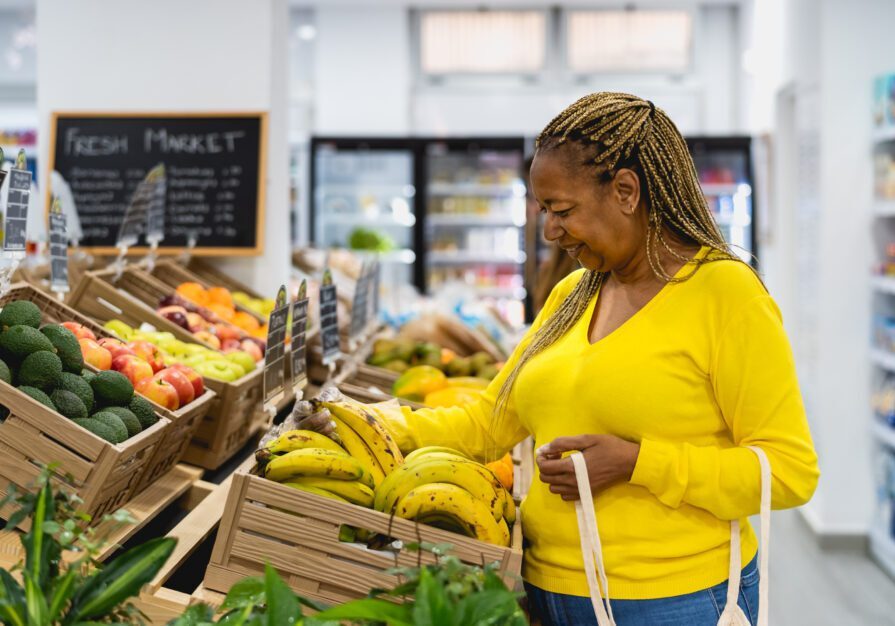More than 1 in 6 Louisiana households (17.3 percent) struggle each year to afford a consistent, healthy diet, according to a report released earlier this month by the U.S. Department of Agriculture. And while the nation as a whole has seen significant improvements in household food security since the recession, the number of Louisiana families struggling to afford enough food increased over that same period.[note]“Household Food Security in the United States in 2017,” USDA Economic Research Report 256, Sept. 2018[/note]
In fact, Louisiana has seen a greater percentage point increase in the share of families experiencing food insecurity than any other state in the nation over the last decade, with the state’s proportion of food insecure families rising 5.6 percentage points since 2007.
The USDA measures the “food security” of households in each state every year, asking whether at some point in the last 12 months a lack of financial resources led members of the household to skip or reduce the size of their meals, sacrifice the quality of their diet, or worry that they would run out of food.
Households experiencing food insecurity face uncertainty about how they can afford to keep food on the table and difficult decisions about how to pay for their basic needs.[note]“What is Food Insecurity,” Feeding America, https://hungerandhealth.feedingamerica.org/ understand-food-insecurity/[/note] For example, a food insecure family might ration or forgo prescription medication in order to afford food for the family, or parents of a food insecure household might eat less or lower-quality food to make sure that their children have enough nutritious food to eat.
Louisiana’s current rate of food insecurity marks a significant jump from the lower levels the state experienced during the post-Katrina economic surge in the middle of the last decade. Even discounting the effects of a Katrina recovery bump, however, the rise in households struggling to put food on the table is significant.
Louisiana is statistically tied with Arkansas, Mississippi, and New Mexico for the highest percentage of families facing food insecurity in the United States. From 2015 to 2017, 17.3 percent of households in Louisiana experienced food insecurity at some point during the year. This includes 7.1 percent of Louisiana households experiencing very low food security, meaning that a lack of money or other resources disrupted the eating patterns of one or more household members, reducing the amount of food they eat.[note]New Mexico and Arkansas both had higher nominal rates of food insecurity during that period, at 17.9 percent and 17.4 percent, respectively. Differences in the food security rate between these states and Louisiana are within the margin of error for the survey.[/note] A greater share of Louisiana’s households experienced very-low food security between 2015 and 2017 than in any other state.
These rates of food hardship point to the need for Louisiana to adopt policies such as a livable state minimum wage that would lift the fortunes of its low and moderate income residents. They also highlight how important federal food assistance such as the Supplemental Nutrition Assistance Program (SNAP, formerly known as food stamps) is to the people of Louisiana while so many of the state’s residents struggle to keep food on the table and the lights on in the house.
